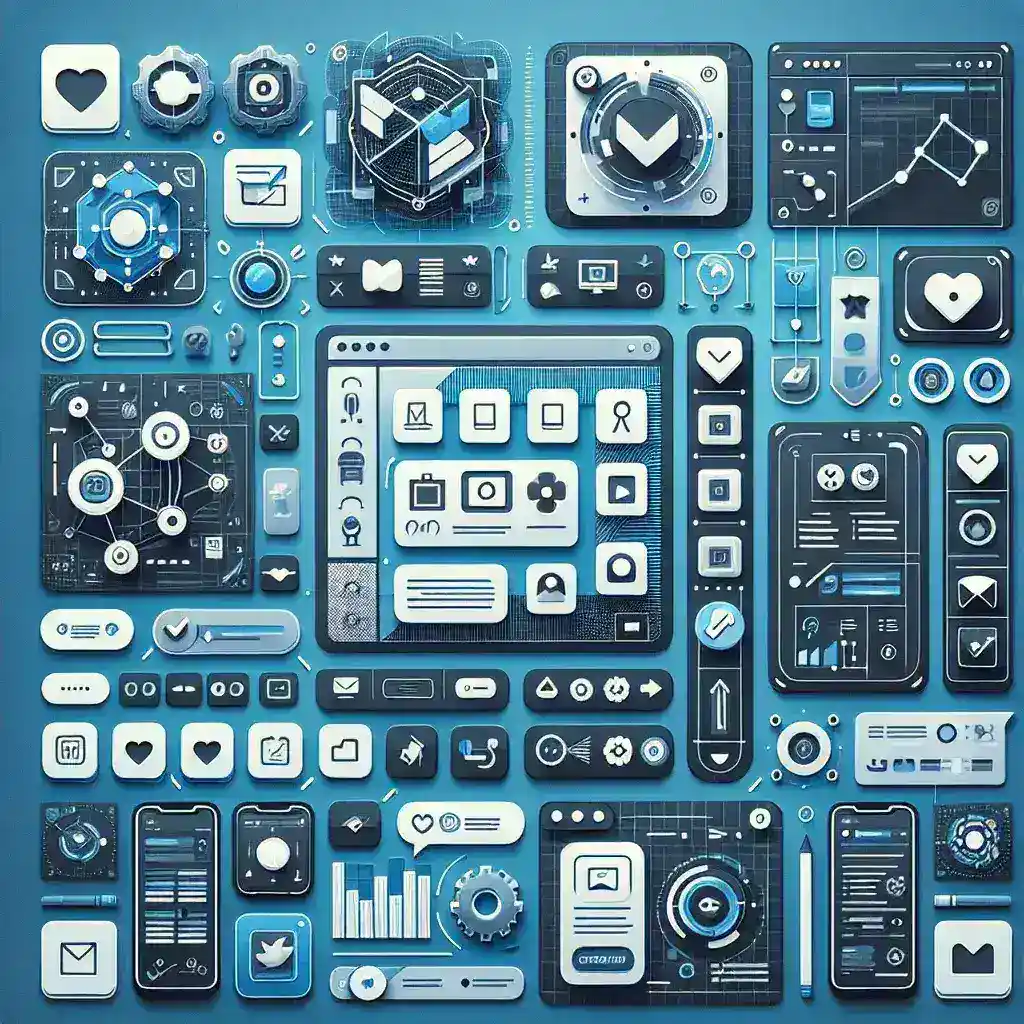
Clean UI Libraries for Internal Apps: Boosting Productivity and User Experience
Choosing the Right UI Library for Your Internal Apps
Internal applications are the backbone of many organizations, streamlining workflows and boosting productivity. However, a poorly designed interface can hinder efficiency and frustrate users. Selecting the right UI library is crucial for creating clean, intuitive, and user-friendly internal apps. This article explores some of the top contenders and helps you choose the best fit for your specific needs.
Why Clean UI is Essential for Internal Apps
A clean UI design is not merely an aesthetic choice; it’s a strategic imperative. In the context of internal apps, a clean interface directly translates to:
- Increased Productivity: Users can find information and complete tasks quickly and easily.
- Reduced Error Rates: Clear visual cues and intuitive navigation minimize mistakes.
- Improved User Adoption: A pleasant user experience encourages employees to embrace and effectively utilize the application.
- Lower Training Costs: Intuitive design reduces the time and resources needed for employee training.
- Enhanced User Satisfaction: Happy users are more productive and engaged.
Top Clean UI Libraries for Internal Apps
The market offers a plethora of UI libraries, each with its strengths and weaknesses. Here are some popular choices known for their clean and efficient designs:
1. React Bootstrap
Built on React, React Bootstrap offers a clean, responsive, and mobile-first approach. Leveraging Bootstrap’s popular grid system and pre-built components, it allows for rapid development and a consistent user experience. Its extensive documentation and large community support make it an excellent choice for internal applications requiring scalability and maintainability.
2. Material UI (MUI)
Based on Google’s Material Design guidelines, MUI provides a visually appealing and consistent design system. Its components are well-documented and customizable, allowing developers to tailor the interface to their organization’s branding and requirements. MUI is known for its accessibility features, ensuring inclusivity for all users.
3. Ant Design
Ant Design stands out with its comprehensive component library and focus on developer experience. Its design philosophy prioritizes simplicity and efficiency, resulting in clean and functional interfaces. It’s particularly well-suited for large-scale applications requiring robust features and maintainability.
4. Chakra UI
Chakra UI, built with React, emphasizes accessibility and developer experience. It offers a simple API, making it easy to customize and extend components. Its focus on accessibility ensures compliance with WCAG guidelines, resulting in inclusive and user-friendly applications. The theme system of Chakra UI allows for easy branding customization.
5. Semantic UI React
Semantic UI React offers a human-friendly approach to UI development. Its components are named intuitively, making code easier to understand and maintain. This library is a great choice for teams prioritizing readability and maintainability of their codebase. It’s also known for its clean and visually appealing defaults.
Choosing the Right Library: Factors to Consider
Selecting the ideal UI library depends on several factors:
- Project Requirements: Consider the complexity of your application, its features, and scalability needs.
- Team Expertise: Choose a library your team is familiar with or can readily learn.
- Design Preferences: Align the library’s aesthetic with your organization’s branding and design guidelines.
- Community Support: Opt for a library with a vibrant and active community for quick assistance and resources.
- Documentation Quality: Thorough documentation simplifies development and troubleshooting.
Conclusion: Building clean and efficient internal applications is crucial for maximizing productivity and user satisfaction. By carefully considering the factors outlined above and exploring the UI libraries discussed, you can choose the perfect tool to create exceptional internal applications that empower your workforce.
For further information on UI/UX design best practices, consider exploring resources available online. Learn more about creating effective user interfaces to improve your internal application designs. Learn More


